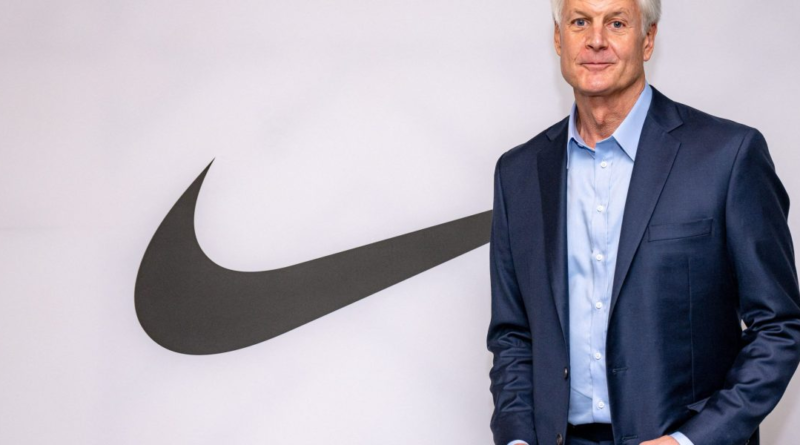Flailing, Nike is bringing a senior executive out of retirement to help it fight the sneaker wars
As part of Nike’s three-year cost-saving plan to bring it back from slumping sales and compete with a new wave of sneaker brands, the shoe giant is in the process of laying off up to 2% of its staff. But even as the company splits with those employees, it has found that some personnel are irreplaceable.
Nike is bringing a 30-year veteran executive from the company out of retirement to help in its recovery efforts. Former senior executive Tom Peddie, who retired from the shoe giant in 2020, will take on the role of vice president of marketplace partners after Nike’s relationships with shoe sellers have faltered. Peddie previously led global sales at Nike’s before becoming the company’s general manager of emerging markets and heading its North American geography.
“[Peddie] is a seasoned leader with a proven business track record and experience building high-performing teams,” Nike told Fortune in a statement. “We are excited to have him return to Nike.”
Nike has been confounded by competition from a new guard of sneaker brands like Hoka and On that soared during the pandemic by catering to casual runners. Beyond failing to offer innovative products to attract Gen Z shoppers, Nike has also struggled to maintain relationships with retailers as it invested heavily in a direct-to-consumer strategy that ultimately hurt the company.
Despite Nike’s best efforts to restructure leadership, refocus marketing efforts, and tighten supply as part of its cost-saving plan, it has yet to see meaningful positive results. The company reported last month a 2% decrease in fourth-quarter revenue to $12.6 billion and is expected to see 2025 sales fall by mid-single digits. Despite analysts expecting a 1% increase in sales, the company instead predicts a 10% dip in first-quarter sales alone.
The company had its worst day in its history following the June earnings call, losing $28 million in market capitalization in a single trading day.
Retail whiplash
Nike has struggled in large part because of its rapid pivot to a digital platform, which the company at one point believed could drive 50% of sales. In 2017, the company began its investment in its DTC strategy and then cut ties with retailers Big 5 Sporting Goods, Dunham’s Sports, Urban Outfitters, Dillard’s, and Zappos.
This pivot was rooted in logic, Jessica Ramírez, senior research analyst at Jane Hali & Associate, told Fortune. Nike has had a history of understanding where consumers’ interests lie and had strong allegiance from its sneakerhead audiences.
“There is a beauty in having a strong direct-to-consumer channel because you’re able to connect with consumers on what they want. You’re able to have data from them,” Ramírez said. “And that’s where Nike always excelled, in really understanding their customer.”
The company’s efforts were initially a success, with Nike reporting a 14% increase to $18.7 billion in DTC revenue in 2022’s fourth quarter. But over the course of the pandemic, as running became a popular and affordable hobby, brands like Hoka, On, and Brooks grew in popularity due to its appeal to casual and beginner runners.
“Nike was always known for having the innovation and the technology, but it was for the runner that does a marathon—the very elite runner,” Ramírez said. “And they never looked at the everyday runner. “
By April 2022, the company recognized the limitations of its DTC strategy, part of a broader trend of DTC companies such as Native and Quip seeking out retail partners to relieve the pressure of responsibilities associated with e-commerce, such as shipping and digital innovation.
“Nike thought they could do a lot of it themselves, but they aren’t as capable as they thought they were,” Sam Poser, equities analyst at Williams Trading, told the Wall Street Journal last summer.
The shoe giant has since tried to mend its relationship with retailers. Last June, Designer Brands and Macy’s announced they would start selling Nike products. After Footlocker’s sales tanked in 2022 in part because of its limited access to Nike inventory, it began selling basketball shoes and sneakers adorned with the brand’s famous swoop in greater abundance in February 2023.
Along with strengthening ties to retail partners, Nike is also trying to win over price-sensitive shoppers. Last week it launched a line of shoes for $100 and under—relatively affordable in the market—in order to lure back customers put off by its hefty price tags. But CFO Matthew Friend conceded that increasing sales will be an uphill battle.
“It’s going to be challenging over the next couple of quarters,” he said in the company’s earnings call.




